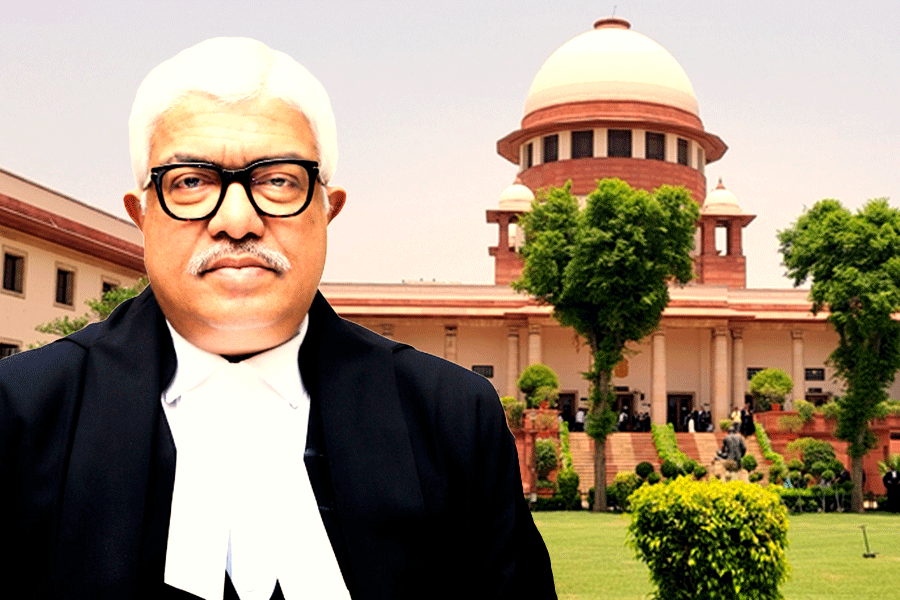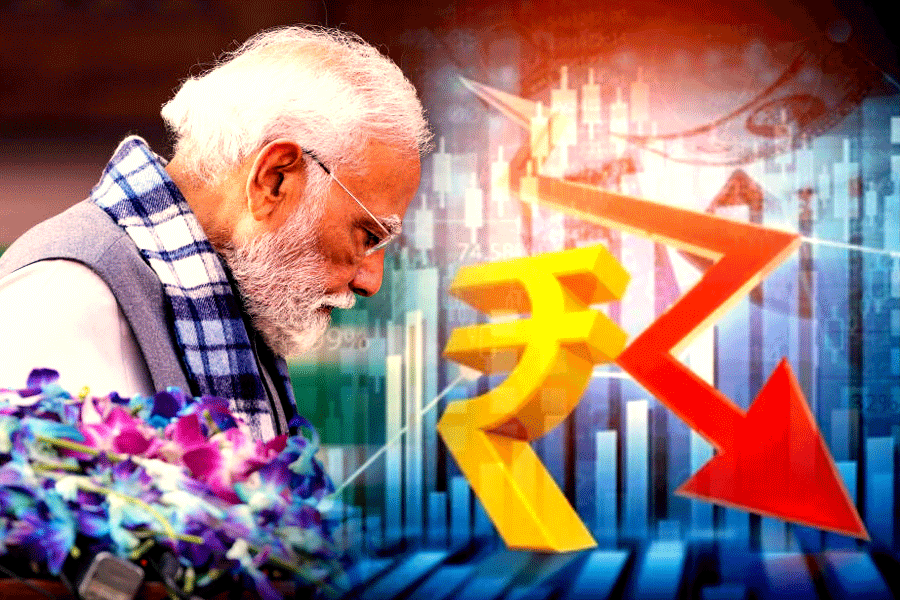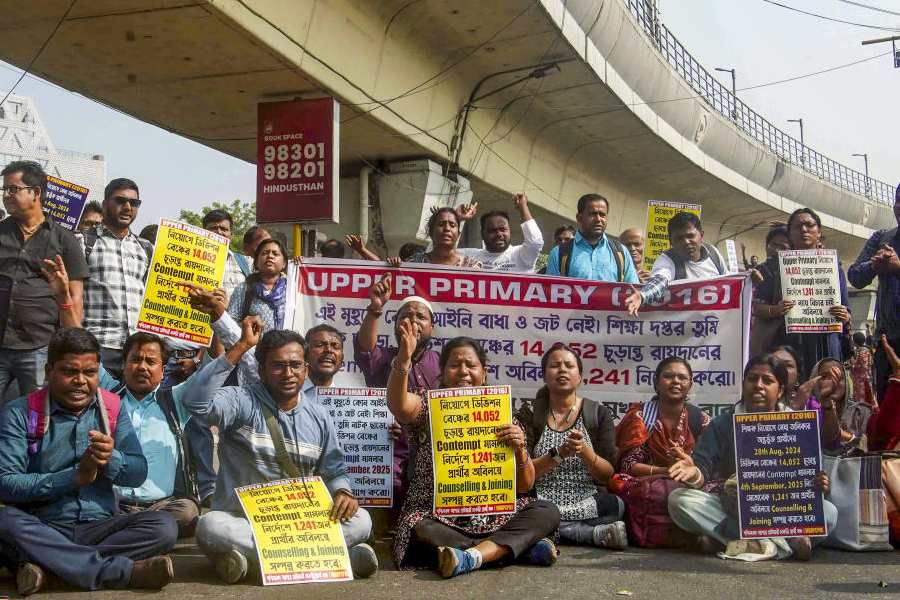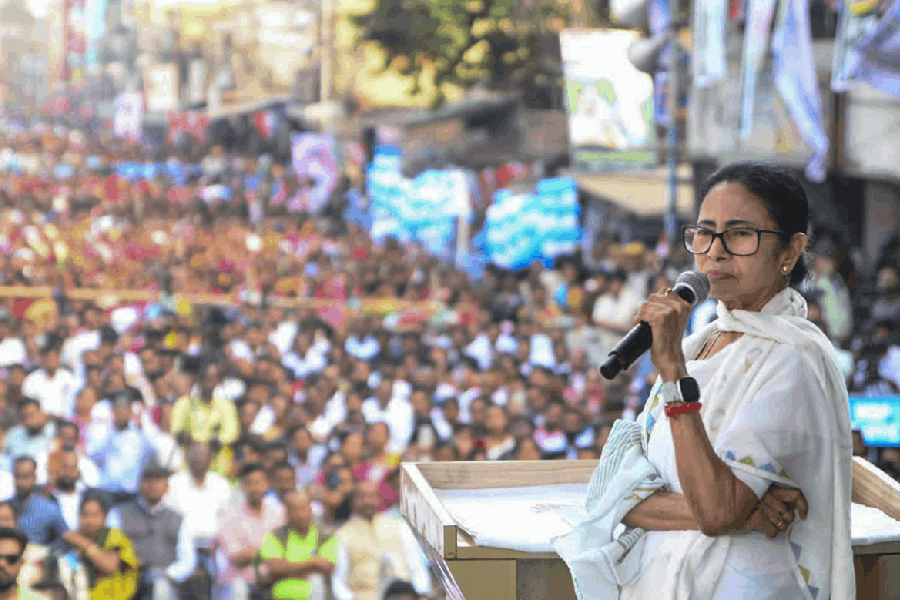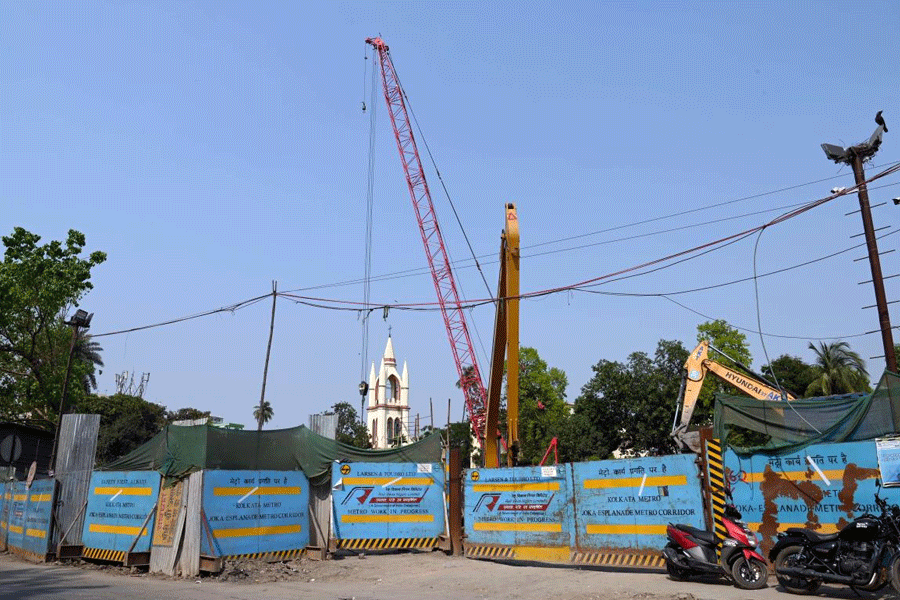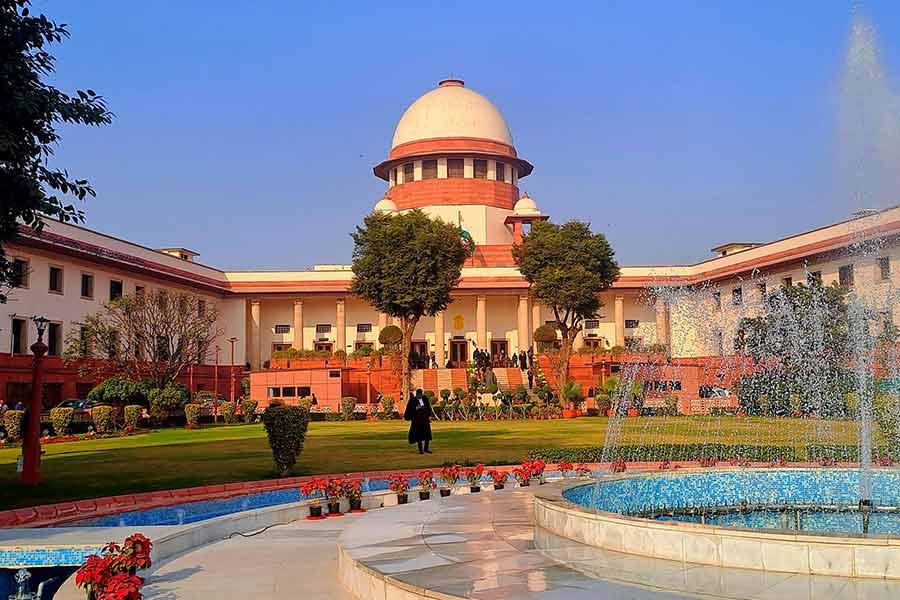One of India’s most respected judges, Justice Atul Sreedharan, has been ordered to move so often lately that his head could be spinning. Known for his independence and forthrightness, Sreedharan has been told to shift from one high court to another three times in just seven months, though only one move has actually happened, with another now imminent.
Why does this matter? Because judicial transfers in India can shape who decides the country’s judges and how independent the courts remain. When judges known for speaking their mind are shuffled around, many in the legal community see a warning sign that the government may be leaning on the judiciary. Sreedharan’s case, with its unusual sequence of moves and reversals, has fuelled that concern.
In March, Sreedharan was moved from the Jammu & Kashmir and Ladakh High Court back to his parent Madhya Pradesh High Court (a return to one’s parent court is not technically a transfer).
Transfers are decided by the Supreme Court Collegium, a powerful but opaque body comprising the Chief Justice of India and four senior-most Supreme Court judges. The collegium recommends appointments and transfers for the higher judiciary. The government can ask it to “reconsider” a decision, but the final word lies with the collegium.
By August, Sreedharan was on the move again, this time from Madhya Pradesh to Chhattisgarh. But before he could even settle into the idea, the government froze the order.
Then came Wednesday’s twist. The Supreme Court announced that Sreedharan would not go to Chhattisgarh after all, but to the Allahabad High Court. The court made clear that the government had asked it to “reconsider” the earlier recommendation. As the official note put it:
“The Supreme Court Collegium... on reconsideration sought by the government, resolved to recommend that Mr Justice Sreedharan, Judge, High Court of Madhya Pradesh, be transferred to the High Court of Judicature at Allahabad instead of the High Court of Chhattisgarh.”
The decision drew sharp criticism from senior members of the Bar. Senior advocate Dushyant Dave, deeply disturbed by Sreedharan’s treatment, said bluntly:
“Far from protecting the judiciary and judges at all levels, the Chief Justice of India and his colleagues in the collegium have allowed the Executive to have an upper hand.”
The change is more than a matter of geography: it directly affects Sreedharan’s influence. In Allahabad, he will rank seventh in seniority. In Chhattisgarh, he would have been third. The position would have put him on the high court collegium, giving him a say in recommending judges to the Supreme Court Collegium and shaping the judiciary’s future.
Sreedharan’s reputation for independence is long established. He had earlier sought a transfer from Madhya Pradesh after his daughter began practising there, reflecting his strong judicial sense of propriety.
In Jammu & Kashmir and Ladakh, he gained a reputation as a no-nonsense judge, firm in preventive detention cases and those under the Unlawful Activities (Prevention) Act (UAPA).
Sreedharan was transferred out on 13 March, just weeks before J&K Chief Justice Tashi Rabstan retired on 9 April. At the time of that shift, Sreedharan was the court’s second-senior-most judge.
Back in Madhya Pradesh, he continued to attract attention for insisting on accountability, even against powerful figures. The case that drew the most notice involved state tribal welfare minister Vijay Shah, who made disparaging remarks about Colonel Sofiya Qureshi, a decorated officer who conducted television media briefings about Operation Sindoor.
Sreedharan and another judge ordered the police to file an FIR against Shah. Passing the order, Sreedharan said: “His comments are dangerous as now they have started reaching the armed forces of this country.”
Shah, calling his remarks a “linguistic mistake,” petitioned the Supreme Court which rebuked him for using “shameful” language and told the Madhya Pradesh High Court to close the case.
When he returned to Madhya Pradesh, Sreedharan was fourth in seniority, putting him within striking distance of joining the high court collegium, the group responsible for recommending judges to the Supreme Court Collegium. Within months, the line-up shifted: Chief Justice Suresh Kumar Kait retired in May, Alok Aradhe was elevated to the Supreme Court and Sheel Nagu became Chief Justice of the Punjab & Haryana High Court.
These changes would have again positioned Sreedharan to influence appointments until the latest transfer intervened, interrupting his rise and limiting his influence.
Sreedharan is not alone in seeing his career stall after apparently falling out of favour with the government. Justice Akil Kureshi, one of the senior-most judges in the country, was transferred to the Tripura High Court after the government blocked his appointment as Chief Justice of Madhya Pradesh.
He eventually retired after a short stint as Chief Justice of Rajasthan.
Similarly, Justice S. Muralidhar, then Chief Justice of the Orissa High Court, was ordered transferred to Madras. The government delayed the move for months until the Supreme Court Collegium finally withdrew its order.
Before donning the robes, Sreedharan had a distinguished legal career. He began as a junior to senior advocate Gopal Subramanium and later moved his practice to Madhya Pradesh, where his parents lived. Over the years, he built a reputation as a lawyer and judge who was meticulous, incorruptible and unafraid of sensitive cases.
The wider implications of his repeated transfers have unsettled many in the legal community. Dave warns that such moves could strike at the heart of judicial independence:
“The collegium has compromised its own and the entire judiciary’s independence.”
And in words heavy with foreboding, Dave adds that this could spell “the beginning of the end for the independent judiciary.”

